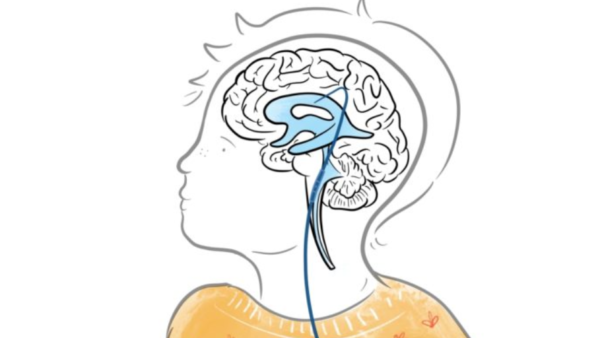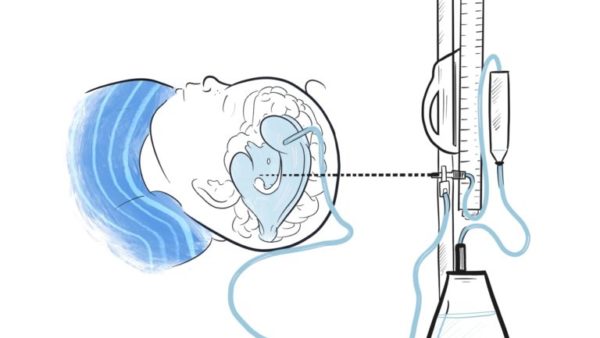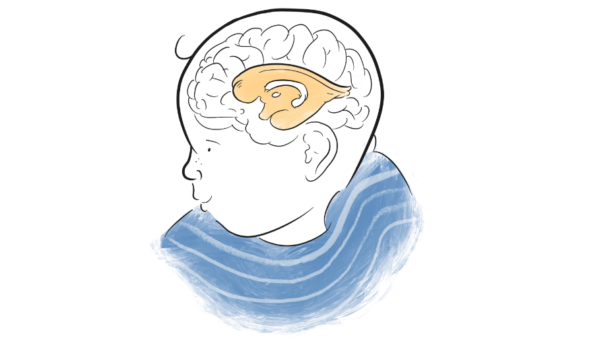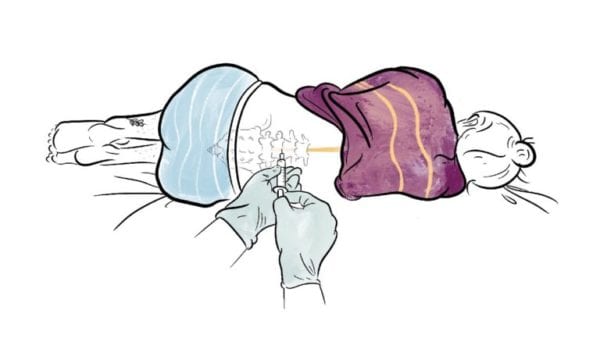A ventriculo-peritoneal shunt is the most common long-term treatment of hydrocephalus. VP shunts have been in use for the past seventy years and are constantly evolving to meet the patient needs better. Nowadays there are different types of shunts that can be inserted, and the decision on which shunt should be used depends on the […]
Articles
External Ventricular Drain
If left untreated, acute hydrocephalus can be fatal, so emergency treatment is critical. If you’re unfamiliar with hydrocephalus and what can cause it, this blog post will tell you everything you need to know. In neurosurgery, we have several ways of diverting this excess fluid with some being temporary and others being more permanent. One […]
Hydrocephalus
One of the most common conditions that neurosurgeons treat is something called hydrocephalus. The brain and spinal cord has a plumbing system within it called the ventricular system which contains a fluid called cerebro-spinal fluid (CSF). What is cerebrospinal fluid? Cerebro-spinal fluid (CSF) is a fluid needed to provide protection and nourishment to the brain […]
Lumbar puncture
A lumbar puncture, also referred to as a‘spinal tap’, is a commonly performed procedure carried out by all kinds ofdoctors. It involves inserting a small needle into an area that surrounds thespinal cord named the ‘sub-arachnoid space’ . Contained within this area issomething called ‘cerebrospinal fluid’ or CSF. CSF acts as a surroundingcushion, helping to […]
An introduction to brain aneurysms
This is An illustrated introduction to brain aneurysms, by guest author Dr Ciléin Kearns (artibiotics) An aneurysm is a bulge in the wall of an artery. It creates a weak point in a pressurised system. The aneurysm can burst, leaking blood with catastrophic results, including disability and death. There is an important network of arteries […]




